High Grade Copper Mineralisation
High Grade Copper Mineralisation Seen in Most Zackly Drill Holes
- Core drilling at the Zackly deposit reveals thick zones of visible mineralisation including the high-tenor copper sulphides, Covellite and Bornite plus disseminations and stringers of native copper.
- Historical drilling also recorded occasional coarse gold within the cores.
- Multiple phases of copper mineralisation and associated skarn alteration have been observed in most of the holes drilled to date.
- First assays are expected during October 2017.
- Geological evidence for a buried porphyry intrusive which provided heat, fluids and copper has been observed in several holes.
- The mineralisation remains open along-strike and at depth and lies within a host of much larger and as yet untested soil anomalies.
- An Induced Polarisation survey has been completed across the strike-length of the existing Zackly deposit and will be used to plan additional drilling for the 2018 campaign.
- Zackly appears to be part of a much bigger mineralised system within PolarX’s 100% owned tenure
Guide to % Copper in Mineralisation types seen in Core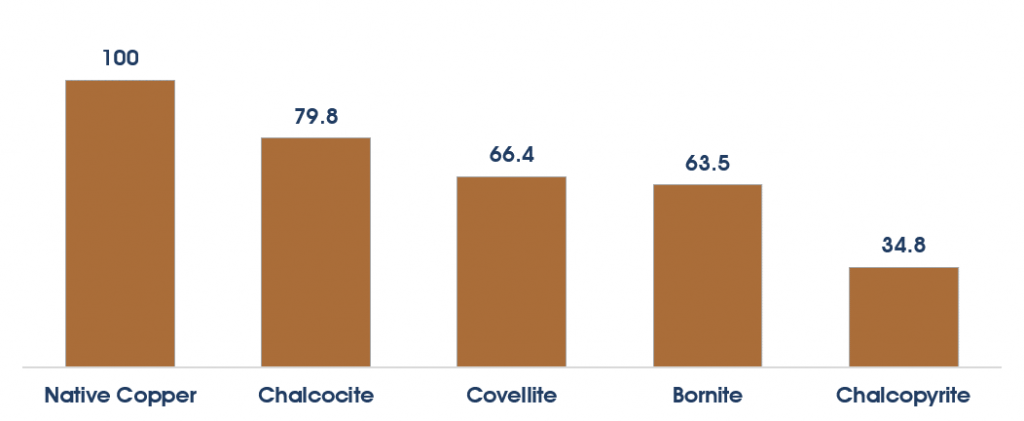
Zackly Drilling Update
PolarX Limited (PolarX or the Company), is pleased to announce visible results as drilling at its 100% owned high‐grade Zackly copper‐gold skarn deposit in Alaska nears completion, with mineralisation observed in all holes. (For location refer to Figures 1 and 2).
A total of 11 holes for 1,778 metres has been drilled to date (refer Table 1 and Figure 3 below), with two holes of approximately 150m each remaining to be drilled.
KEY OBSERVATIONS
Key geological observations to date are:
- Multiple phases of mineralisation are evident in most of the drill holes.
- Phase 1 An initial mineralising event likely occurred when a diorite intrusion formed marbles and weakly mineralised skarns in the adjacent silty-limestones and volcanic rocks, and introduced disseminated Fe, Cu and Mo sulphides (Figures 4, 5).
- Phase 2 Stronger and later overprinting mineralisation events are also evident in most of the new drill holes, including:
a. Widespread garnet-bearing skarns containing clots, veins and disseminations of covellite, native copper and bornite,
with local formation of secondary chalcocite (Figure 6, 7, 8).
b. Zones of massive magnetite-bornite-chalcopyrite skarns up to several metres down-hole thickness (Figure 9). - These later mineralising events are characterised by the following predominantly high-tenor copper minerals which have been observed in the Zackly drill core:
– Native Copper
– Chalcocite
– Covellite
– Bornite
– Chalcopyrite
Previous drilling in 1981 and 1982 also recorded occasional coarse gold. - The presence of porphyry style veins (Figure 10), overprinting potassic alteration containing K-feldspar and secondary biotite (Figure 11) and sub-vertical hydrothermal breccias provide evidence for the possible presence of a buried porphyritic intrusion (Figure 12).
- Further drilling is being planned to establish the potential scale and commercial extent of this mineralised system at Zackly. This also provides important exploration indicators for PolarX’s other potentially more significant targets.
Larger images of the drill cores are located on PolarX’s website www.polarx.com.au
Regional Significance
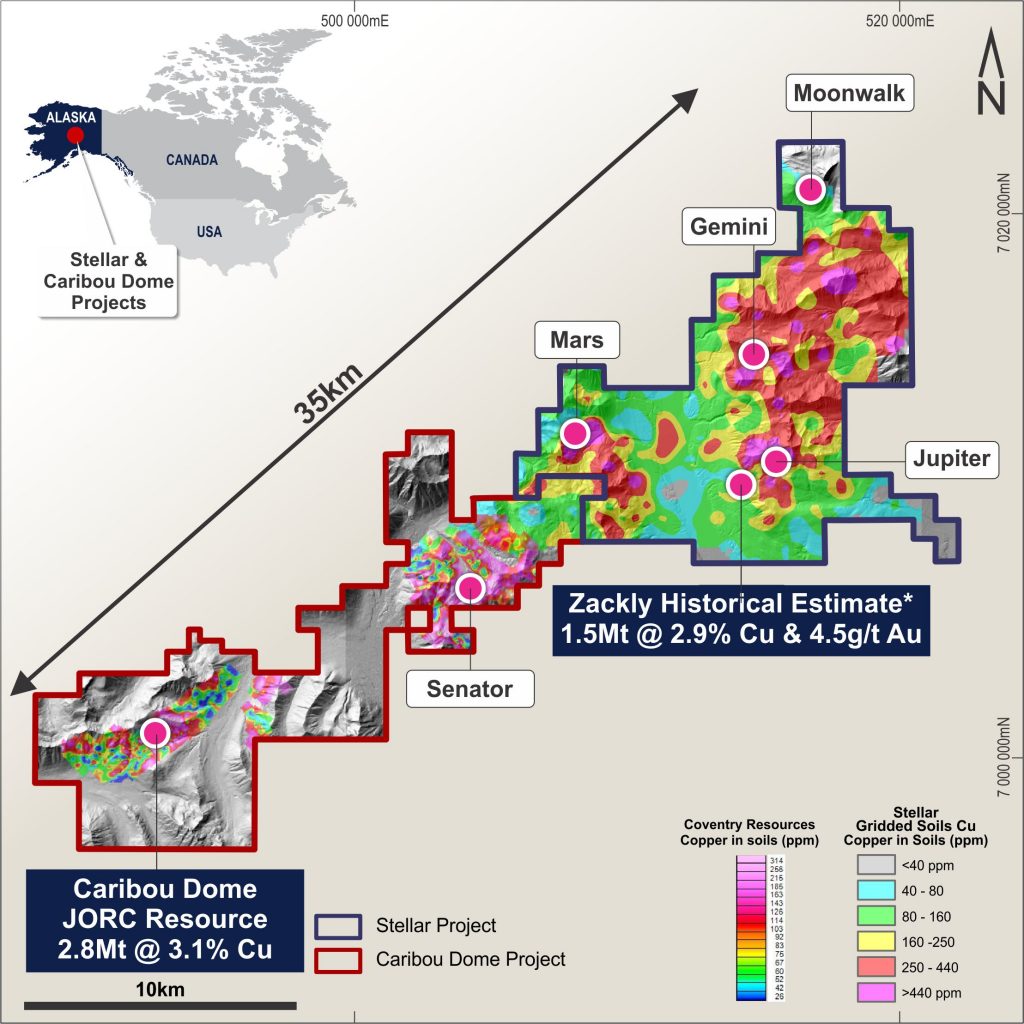
Figure 1. Company’s Stellar and Caribou Dome projects showing the location of Zackly
PolarX is extremely encouraged by the presence of the higher-grade minerals observed in drilling to date and has accelerated laboratory assays which are expected to be reported during the next few weeks.
Zackly is one of a number of exciting and potentially much larger prospects within PolarX’s extensive 28,064 Ha mineralised tenure holding. These new revelations may potentially evidence the presence of a much larger mineralising system from below. (Phase 2, fig. 12)
This has immediate significance to PolarX’s even larger and completely untested targets including Mars, Jupiter, Gemini, Moonwalk and Senator.
These combined targets have each shown high-order soil anomalies spanning several kilometres. The company is currently processing and reviewing Induced Polarisation testing on some of these targets, which will be reported once completed.
Results from field programs will also be progressively reported as they are processed and finalised.
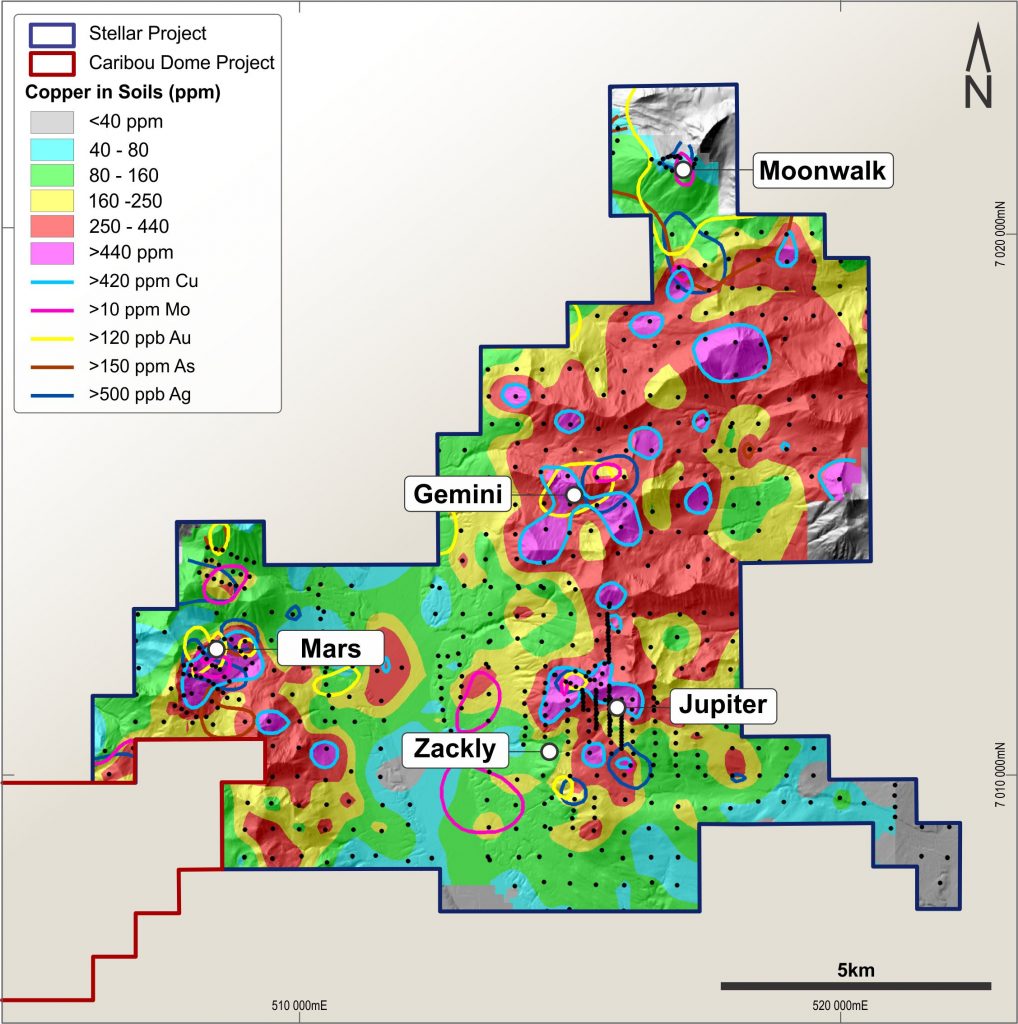
Figure 2. Company’s 100% owned Stellar Project showing the location of Zackly within much larger untested soil sampling anomalies.
New Holes Drilled this Year
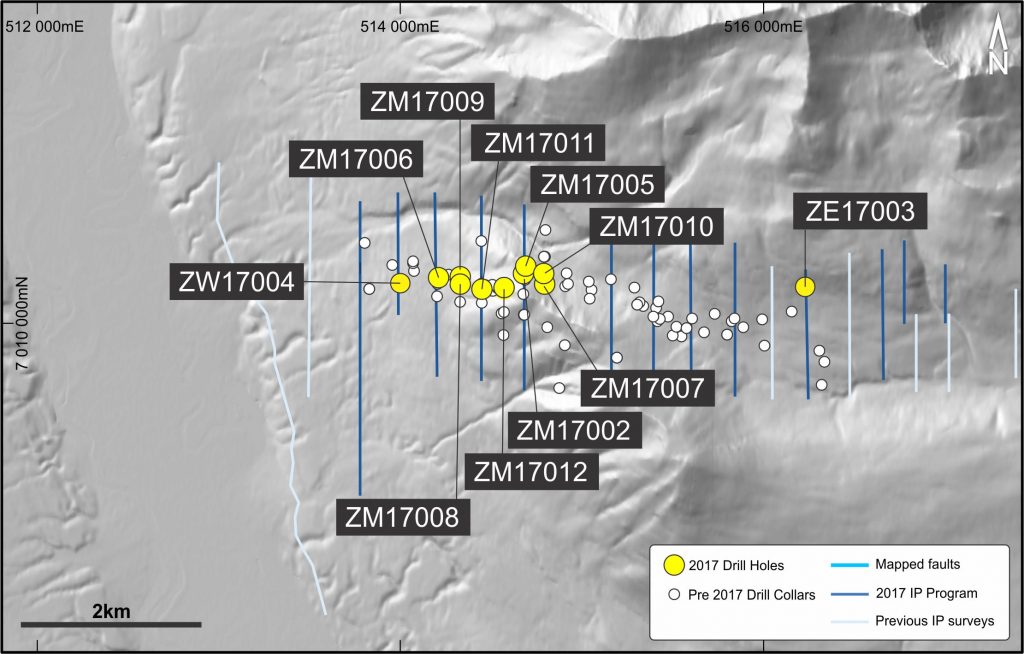
Figure 3. Drill collar locations for the 2017 Zackly drilling campaign showing cross section for location of Figures 3 and 10.
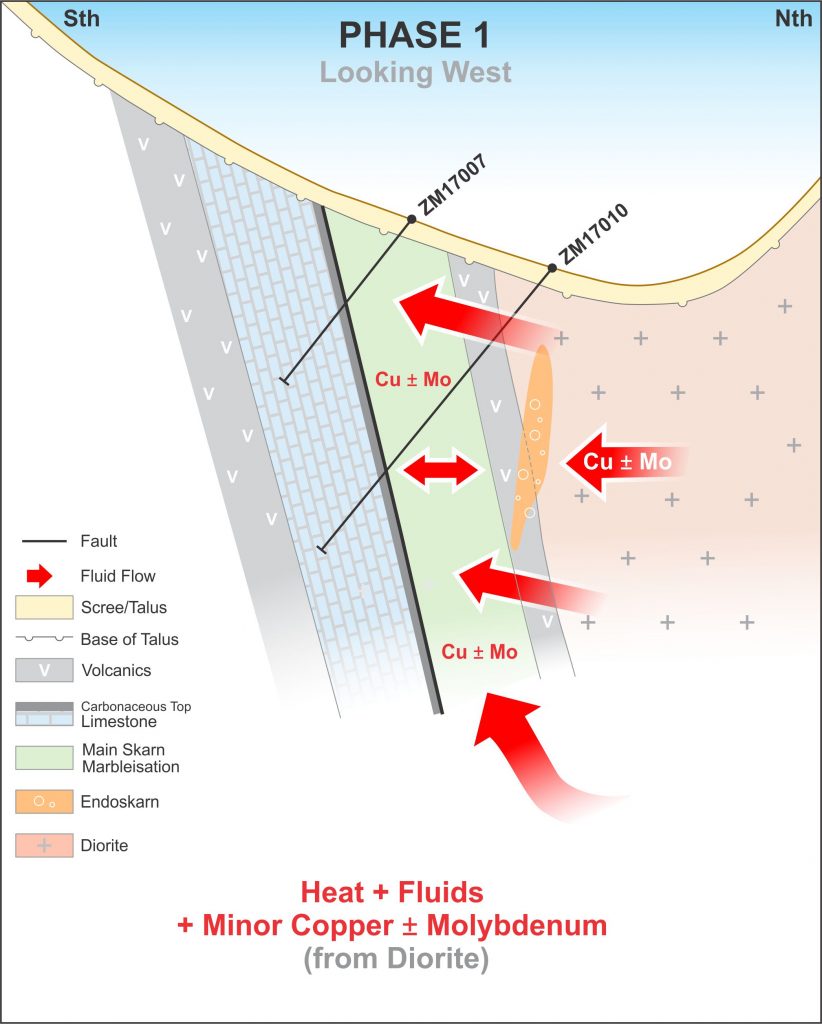
Figure 4. Schematic geological cross-section showing postulated skarn development

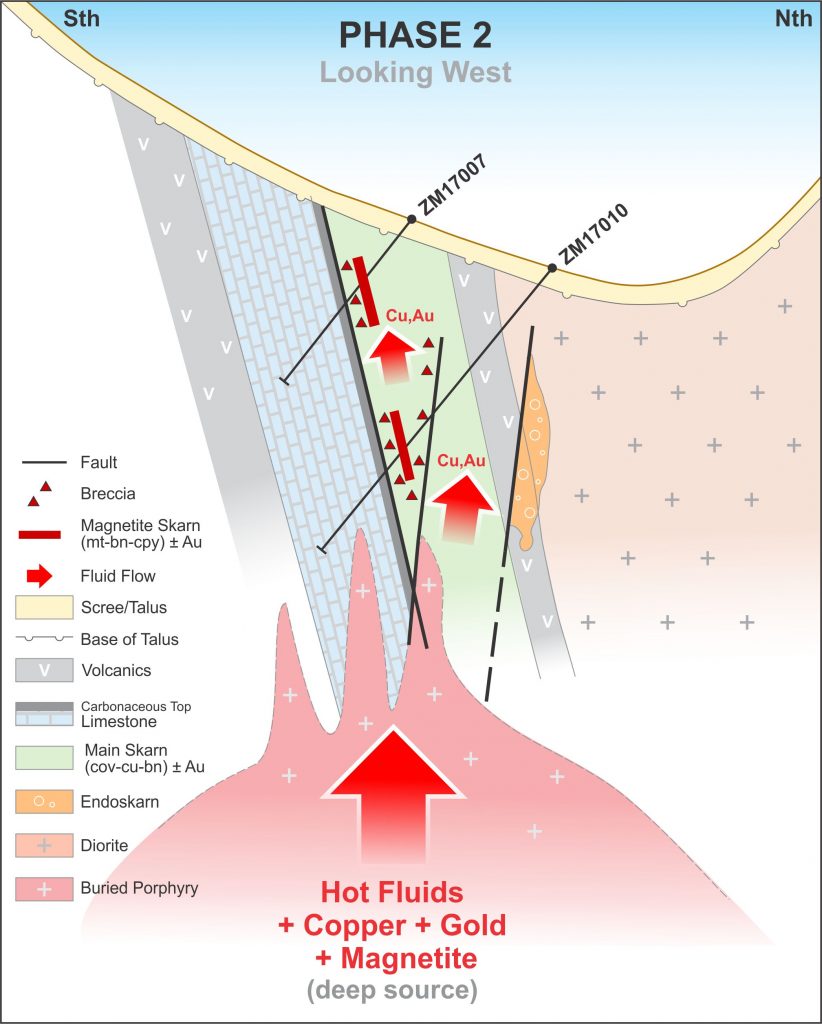
Figure 12. Schematic geological cross-section showing postulated early skarn development



For further information please see our latest announcement.